
About Andrew Cusack
 Writer, web designer, etc.; born in New York; educated in Argentina, Scotland, and South Africa; now based in London.
Writer, web designer, etc.; born in New York; educated in Argentina, Scotland, and South Africa; now based in London. read more
News
Blogs
Reviews & Periodicals
Arts & Design
World
France
Mitteleuropa
Knickerbockers
Argentina
The Levant
Africa
Cape of Good Hope
Netherlands
Scandinavia
Québec
India
Muscovy
Germany
Academica
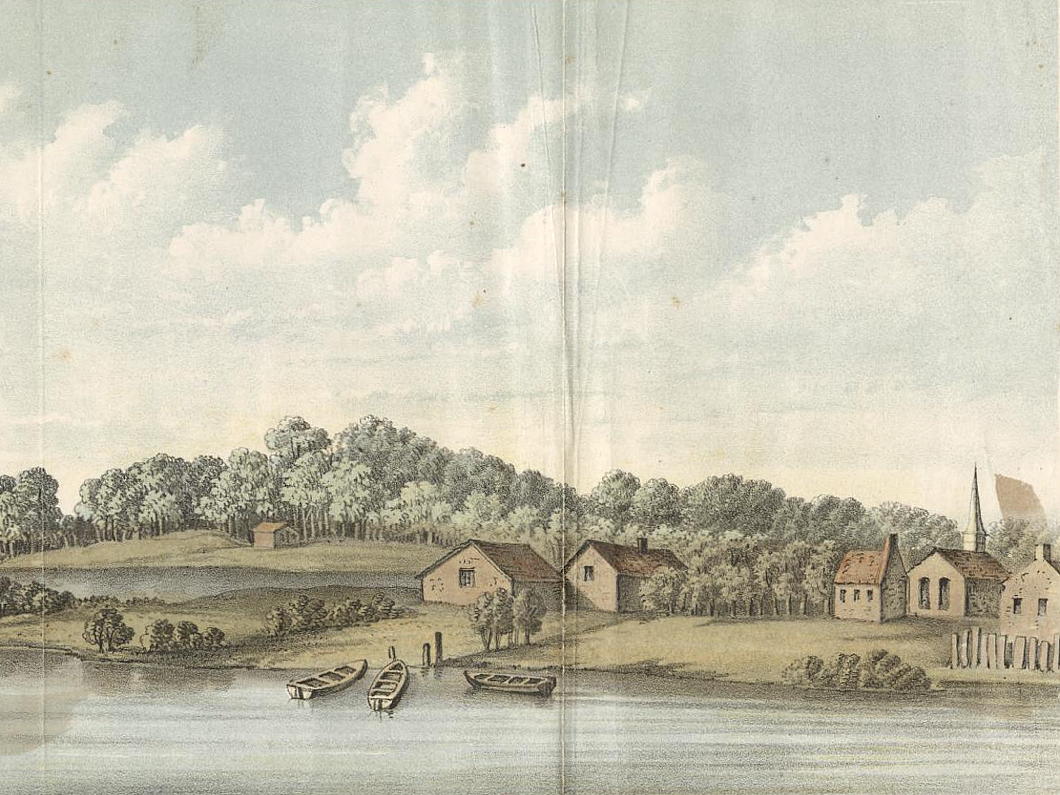
Harlem Reformed Dutch Church
For much of Manhattan’s early colonial history, the island was home to two primary settlements: the port of New Amsterdam (later, from 1664, New York) way down at the southern tip and the town of Harlem up where the East River meets the Harlem River.
Christened after the Dutch city, Harlem is one of Manhattan’s most visible links to the Netherlands. The local newspaper is even called the New York Amsterdam News, once a prominent voice in Black America given this neighbourhood became predominantly African-American in the early twentieth century, and Amsterdam Avenue runs up as the spine of West Harlem.

Harlem was founded in 1658, thirty-four years after New Amsterdam was founded and thirty-two since Peter Minuit bought the whole island of Mannahatta off the Indians for sixty guilders.
The town’s first church was founded in 1660 but didn’t have its own dedicated building for a few years. The Harlem Reformed Dutch Church, or Collegiate Church of Harlem, was built in 1665-67 right on the banks of the Harlem River, around the site of East 127th Street and First Avenue today.
Both the building and site was abandoned twenty years later when the congregation moved to its second building, completed 1687, just a little bit further south — near where East 125th meets First Avenue, or where the entrance ramp to the Triborough Bridge meets 125th.
It is this second building, which is depicted in the view above of Harlem village from Morissania across the river in the Bronx in 1765 (below).
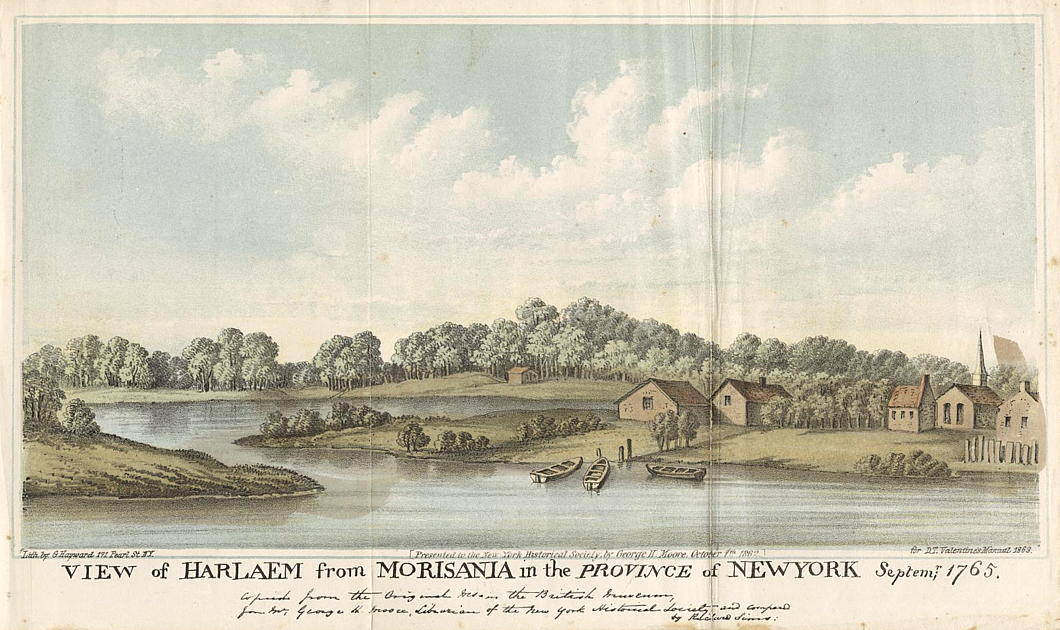
The old site with its burying ground gained a new use as a cemetery for Black Harlemers of the day, whether slave or freemen. The congregation had begun baptising and admitting Black members by the 1760s, who would have been the forerunners of the people who made Harlem the unquestioned capital of Black America centuries later.
This structure burnt down during the Revolutionary War, rebuilt in 1788, and demolished 1825 when the church moved to 121st Street.
The Commissioner’s Plan of 1811 with its totalitarian zeal for the grid destroyed the village-like tranquility of Harlem which was soon developed along the avenues and streets laid out by the commissioners.
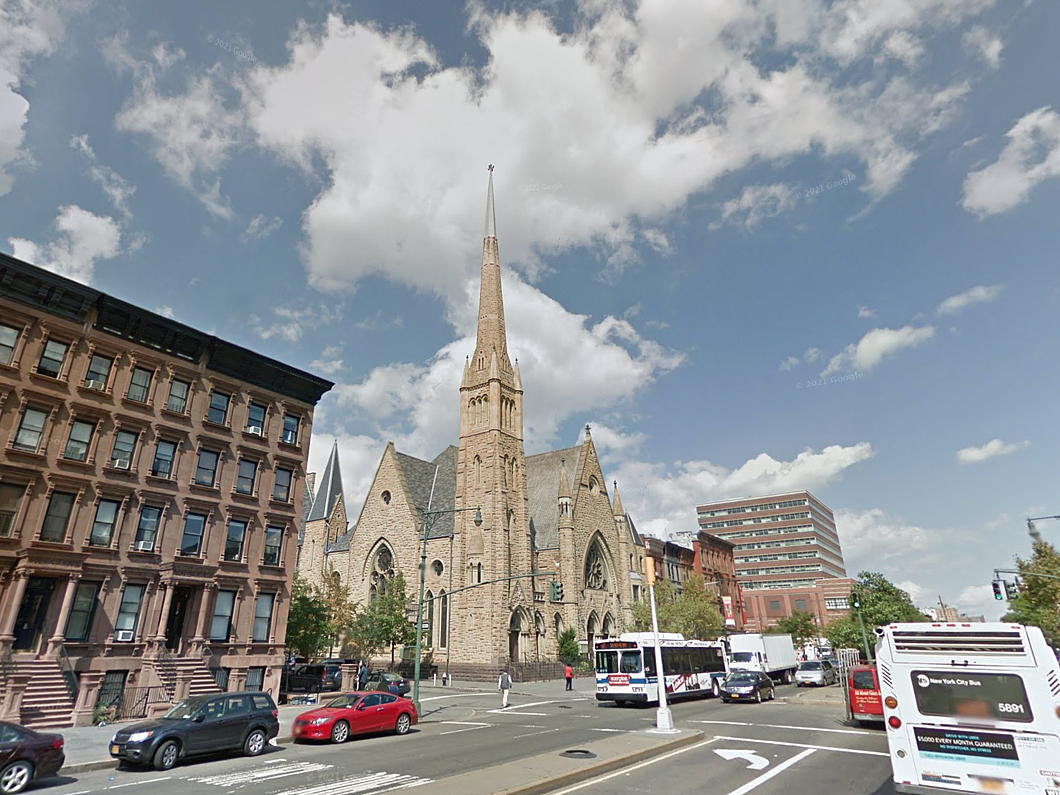
With Harlem in boom, the congregation split in 1887 and a new Second Collegiate Church of Harlem was built on the corner of 123rd Street and Lenox Avenue. The bell cast in Amsterdam for Harlem’s older Dutch church in 1734 was moved to the slender spire of this new structure.
The mostly white population served by the Second Church had moved away by the 1920s, by which time the African-American “Harlem Renaissance” was in full swing. In 1929, the congregation moved to the former Episcopalian Chapel of the Beloved Disciple on the Upper East Side which became the East 89th Street Reformed Church. Since 1950, the East 89th Street building has been the Catholic Church of St Thomas More.
The old Second Church on Lenox Avenue was leased out to Seventh-Day Adventists who eventually purchased the building, where they remain today.
Harlem’s 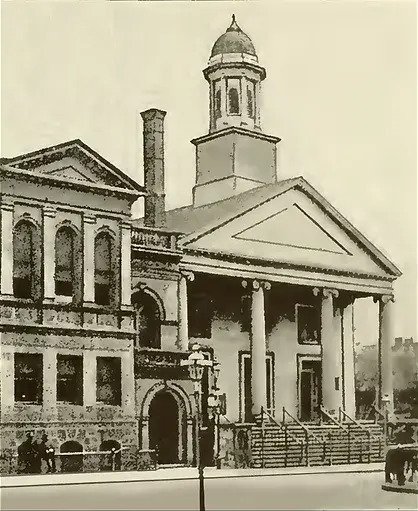 First Church continued on 121st Street, but the neighbourhood’s changing demographics led to a withering of the congregation. When the long-serving Rev Joachim Elmendorf died in 1908, the congregation decided to demolish their 1820s church, develop the site commercially and move into the neighbouring Parish House which they turned into a chapel named after the deceased pastor.
First Church continued on 121st Street, but the neighbourhood’s changing demographics led to a withering of the congregation. When the long-serving Rev Joachim Elmendorf died in 1908, the congregation decided to demolish their 1820s church, develop the site commercially and move into the neighbouring Parish House which they turned into a chapel named after the deceased pastor.
The Elmendorf Reformed Church continues today as the descendant of the First Collegiate Church of Harlem and a congregation of the Reformed Church in America (as the Dutch Reformed Church in those parts styles itself today). Displayed at the back of their modest sanctuary is the bell cast in Amsterdam nearing three centuries ago now.
In 2009, an archaeological survey conducted on the site of the East 126th Street MTA bus depot confirmed it as the location of Harlem’s first church and burial ground. Elmendorf Reformed Church has combined with the MTA, local politicians, and other relevant bodies in the Harlem African Burial Ground Task Force to safeguard the history of the site and protect its future.
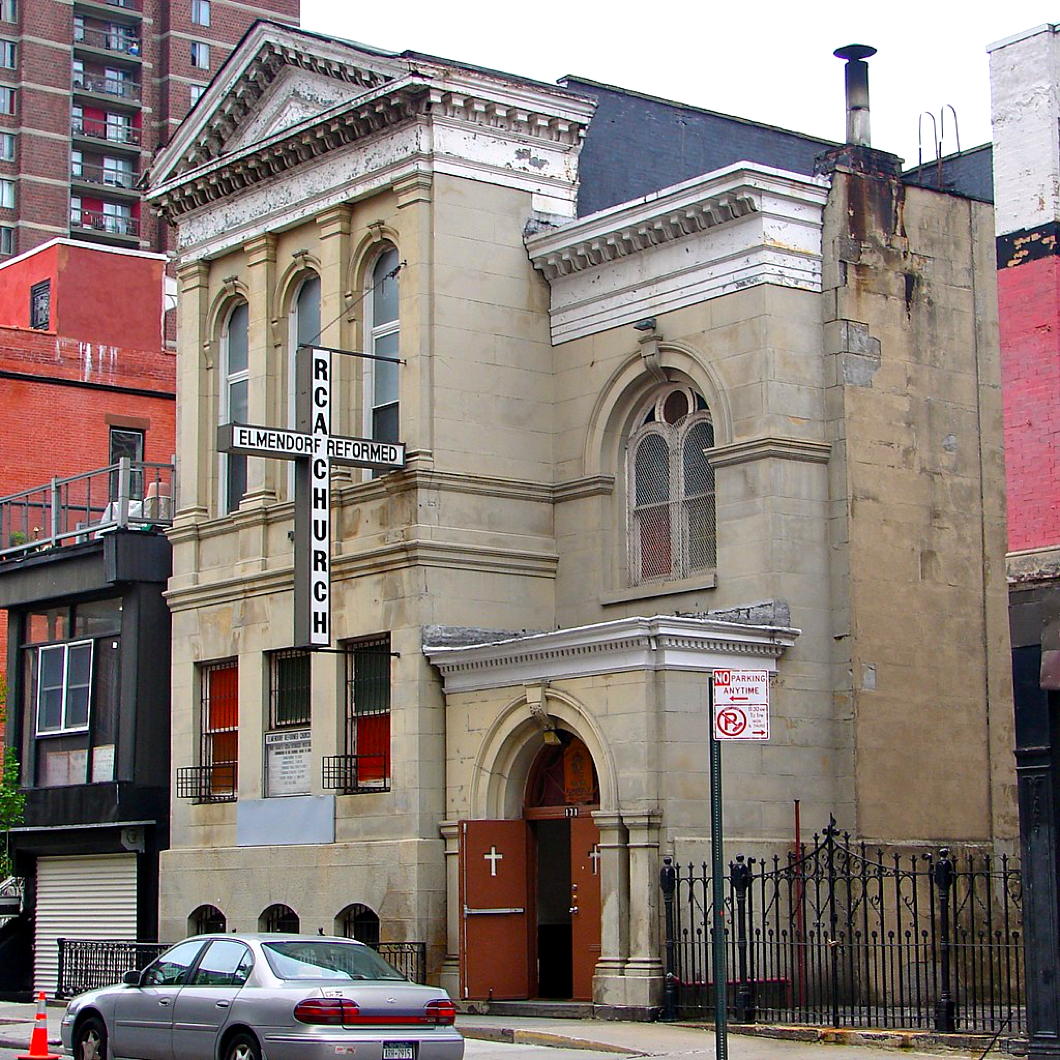
Search
Instagram: @andcusack
Click here for my Instagram photos.Most Recent Posts
- Articles of Note: 11 November 2024 November 11, 2024
- Why do you read? November 5, 2024
- India November 4, 2024
- The Lithe Efficiency of the Old Constitution November 4, 2024
- Waarburg October 2, 2024
Most Recent Comments
Book Wishlist
Monthly Archives
Categories


